After the much coveted release and blockbuster sales of Flare 1.0 last year, Cherry Mobile had recently launched its 2nd iteration – Mobile Flare 2.0. The latter received significant specs bump, but it’s left off with improvement gaps to be filled. These so-called “gaps” or “they-should-have-at-least” wishes do matter for pragmatic buyers. For PhP3,999, is Flare 2.0 worth buying for the typical pragmatic buyer? As today’s cheapest quad-core Android phone (at least in the Philippines), does Flare 2.0 belong to the very recluse group called “sulit”?
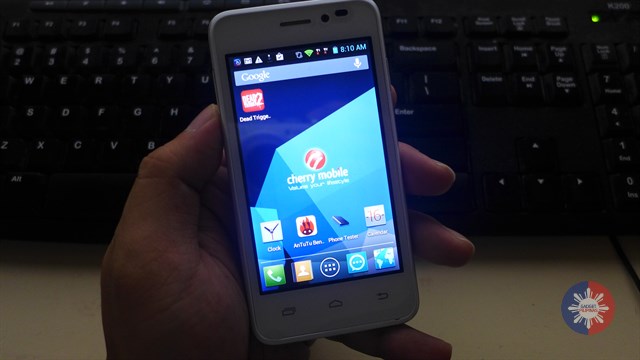
For our unboxing and initial impressions, please go to this link.
Build
At first glance, Flare 2.0 almost looks like the original Flare. It’s slightly bigger than the 1st Flare but it’s 16% thinner. If you owned the latter, you’ll definitely notice that Flare 2.0 has much more defined build and oozes a distinct persona. The case is very glossy; an exact opposite of the 1st Flare. Its brushed aluminum side bezel looks outdated, but it adds a bit of elegance to its overall look.
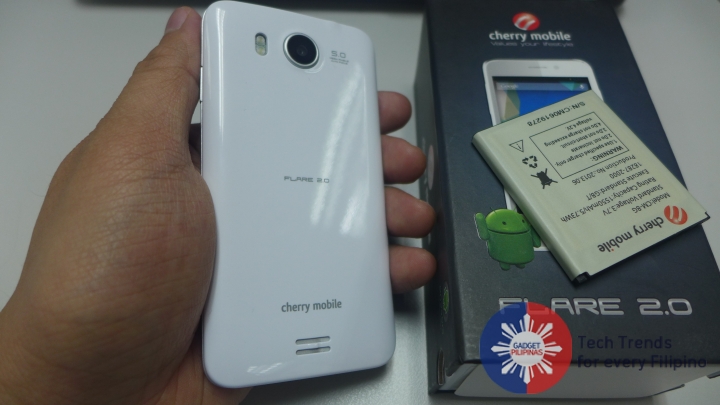
It isn’t a head turner (at least for me) because of its almost monochromatic look. It looks a bit dull, but it’s probably the best way to put more emphasis on its 4-inch IPS display. Flare 2.0 has a 4-inch IPS capacitive display with 800 x 480 pixel resolution. Based on the quality of the screen and how it displays the UI and media content, there is no doubt that this has an IPS display. It isn’t OGS though, so there’s a bit of drawback when it comes to viewing angle. During my tests, it recognized 3 multi-touches.
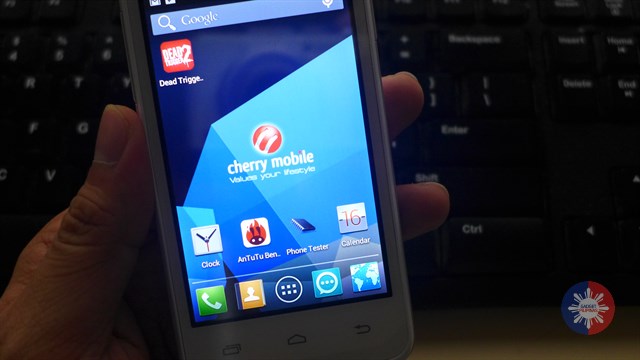
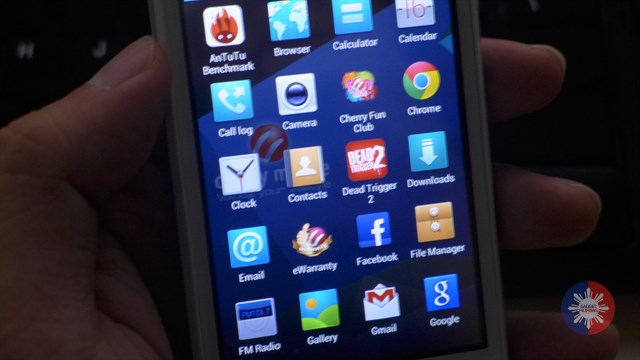
Aside from the display, you will also find 3 capacitive buttons, ear piece, light sensor, LED notification light, and VGA camera.
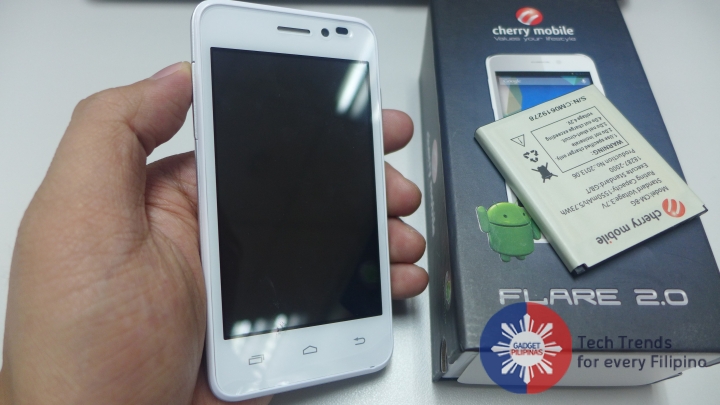
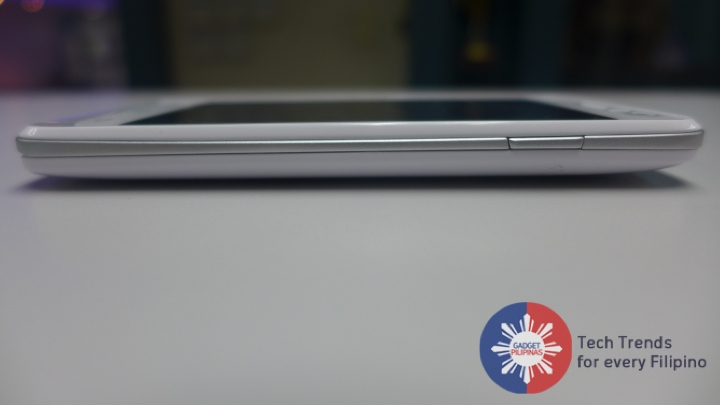
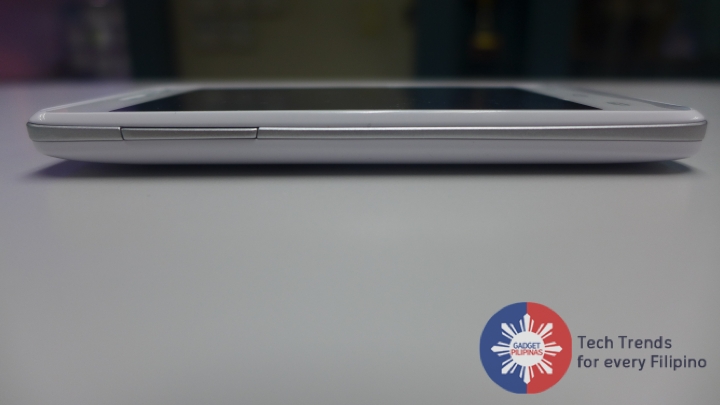
Volume rockers are located on the upper left size bezel, while Sleep/Wake button is neatly placed on the right. All ports – 3.5mm headphone jack and Micro-USB port – are located on top of the phone.
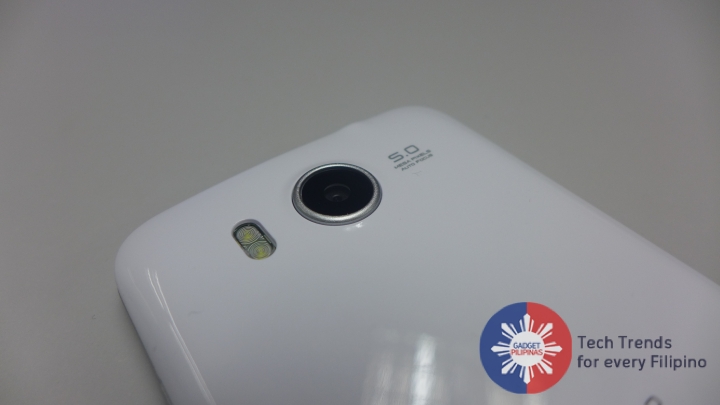
The 5mp non-BSI camera and dual-LED flash can be found at the phone’s back panel. Unlike Cherry’s other phones – like Cosmos X – its camera’s cover isn’t built in to the back panel. Flare 2.0’s camera is built in to its body.
Apart from the 5mp camera and flash, you will find 2 sim-trays (1 WCDMA and 1 GSM), 1 microSD slot, battery slot and speakers. The plastic material they used on the phone’s chassis doesn’t look cheap.
Under the Hood
Flare 2.0 is packed with the latest Qualcomm processor (MSM8225Q). As Qualcomm claimed, Flare 2.0 has an SoC that’s optimized to consume less energy. With a battery that has 50mAh more juice than the original Flare, Flare 2.0 has the best stand by and battery usage performance I’ve ever used. This is one of the best things I’ve experienced with this phone. It’s so noteworthy I had to mention it prior to processing power.
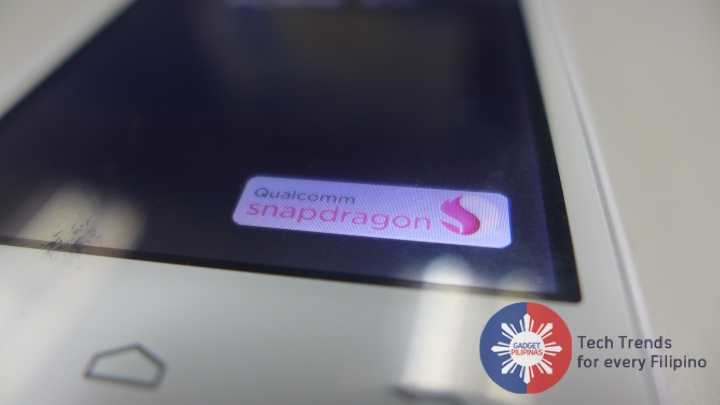
Speaking of processing power, Flare 2.0 is able to accommodate and process several running tasks in the background. Running and switching 2-3 running tasks with medium processing requirement felt very fluid during my tests.
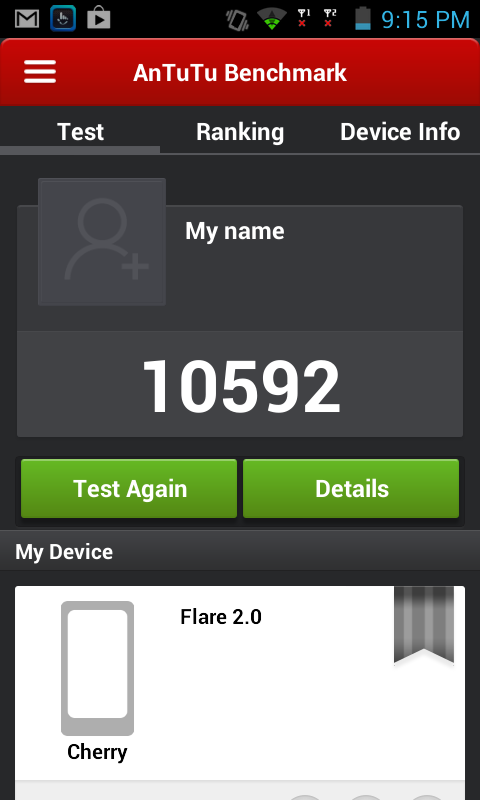
Unfortunately though, its almost outstanding performance and stride (at least for its price) is marred by its meager 512mb RAM. Sure, the improvements on Jellybean could taper some performance hiccups, but it isn’t enough to handle more than 3 running tasks with medium to heavy memory requirement. For instance, I experienced several lags when playing Dead Trigger 2 while Facebook, Twitter and Auto-Sync are on.
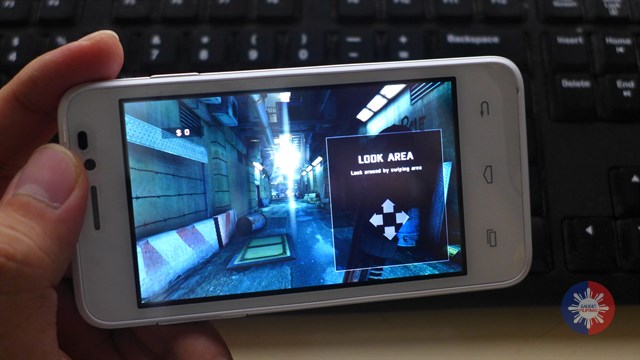
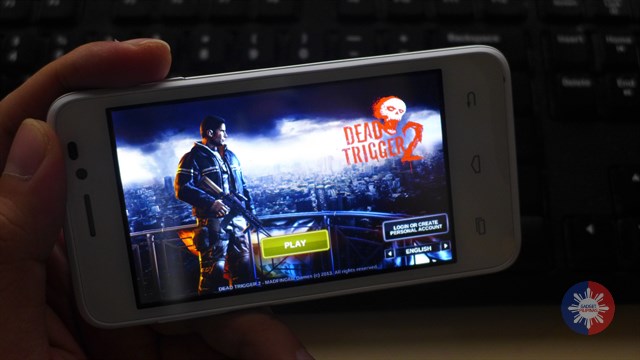
We shall upload a demo of Dead Trigger 2 running on the phone later.
Flare 2.0 runs on Jellybean 4.1.2
The new Flare runs on an older Jellybean build, Android 4.1.2. Its user interface isn’t heavily skinned; only the icons are changed, plus Cherry Mobile added several wallpapers.
If you’re worried about bloatware, Cherry Mobile only had the following applications pre-installed:
- Cherry Fun Club
- eWarranty (runs on 1st boot)
- System Software (for OTA update)
- TouchPal Keyboard V5
Communication
Android support for dual-SIM phones is in full effect on Flare 2.0. Just like Cherry Mobile’s other dual-SIM phones, dual sim settings pane allows you name and select your preferred SIM card.
Call quality on this phone is satisfactory. However, some of my call recipients would often tell me that there’s too much noise from my end.
Sending SMS is a breeze on this phone too. I’m not a fan of the pre-installed keyboard though so I had to download the latest Android keyboard (with Emoji) for better typing and swiping experience.
Flare 2.0 is 3G enabled. This allows you to surf the net via data connection. Facebook is free if you’re a Globe subscriber, so you can try it on this phone. 3G is so 2000-late though. They should have at least put 3.5G instead (HSDPA/HSUPA), but that’s something Cherry Mobile can’t do as the SoC only has a 3G chip on board.
Camera
Flare 2.0 has a non-BSI rear facing camera. It isn’t exactly the best camera on a phone but it’s good for its price.
As seen on the pictures below, photos lack saturation and detail. Take a look at the photo below. The original photo looks paler compared to a photo taken using another phone.
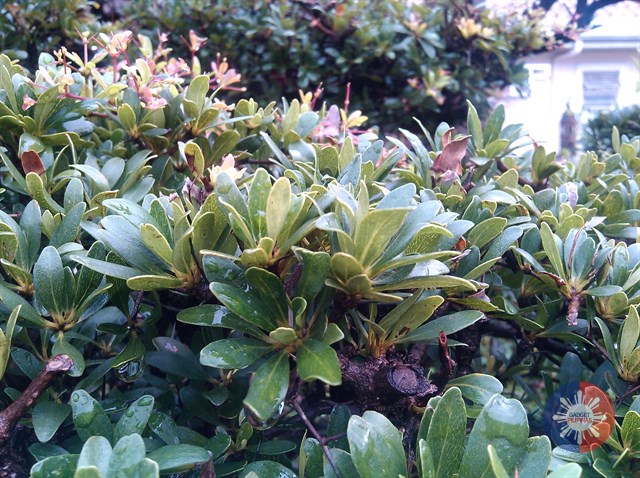
Flare 2.0 Sample Photo
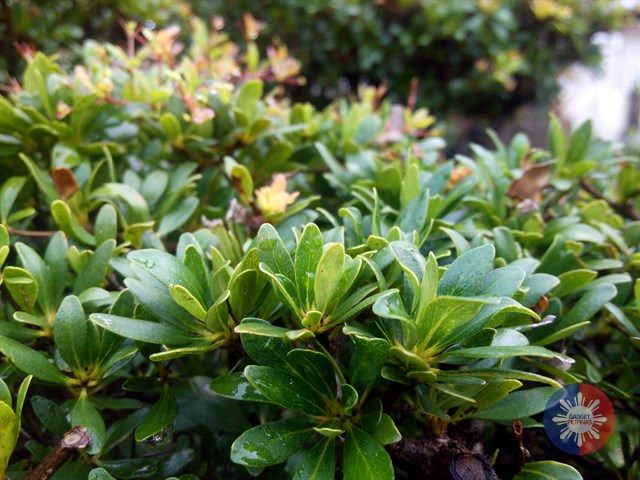
O+ 8.91 Sample Photo
Photos on low-light conditions look less appealing. It suffers on too much grain, which is always a given for non-BSI cameras. Still, there is no point of asking for more in this aspect because you will simply get what you paid for.
Verdict
As expected, the Quad Core ng Bayan exudes an acceptable performance and gives a bittersweet experience. It isn’t impressive in several aspects, but it’s perfect enough to satisfy. If you’re on a tight budget but you’re scouting for a quad-core smartphone with features you would need – be it to capture moments, entertain, be entertained or become productive – get Flare 2.0. But if you’re coming from the original, it’s better to save-up, sell your Flare 1.0 and buy Flare 2x or Flare S instead.
Giancarlo Viterbo is a Filipino Technology Journalist, blogger and Editor of gadgetpilipinas.net, He is also a Geek, Dad and a Husband. He knows a lot about washing the dishes, doing some errands and following instructions from his boss on his day job. Follow him on twitter: @gianviterbo and @gadgetpilipinas.





















